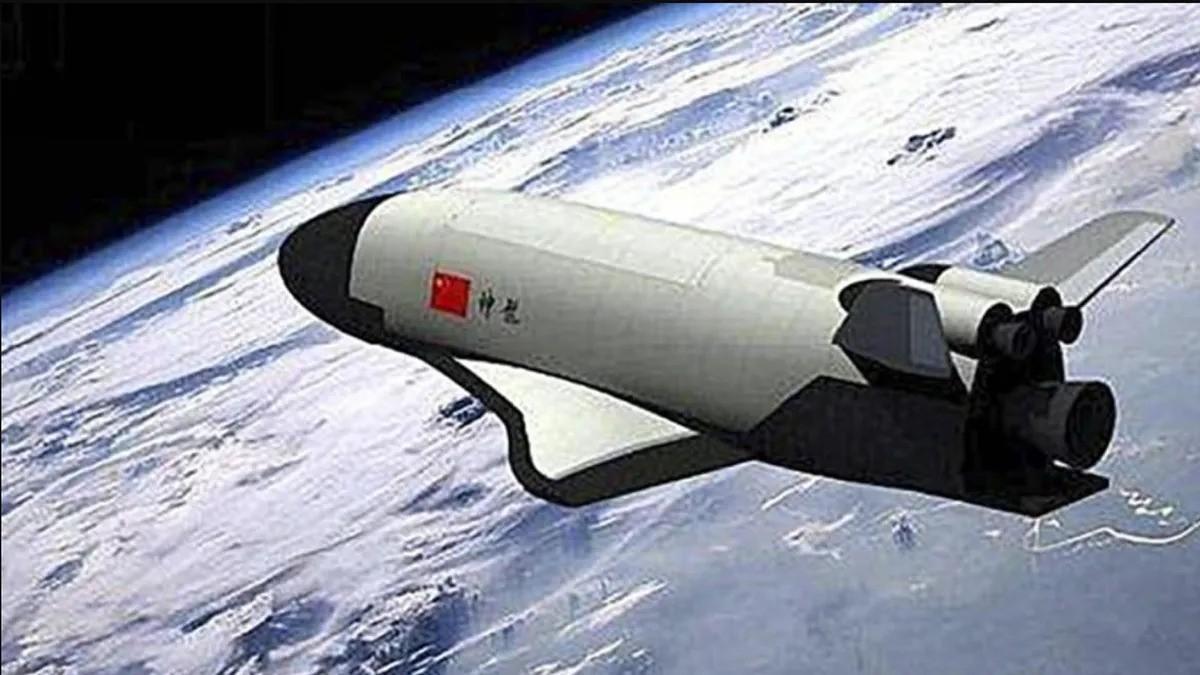China’s Shenlong, or “Divine Dragon,” robotic space plane has triggered intrigue among amateur spacecraft trackers as it reportedly deployed six companion objects designated as “OBJECT A,” “B,” “C,” “D,” “E,” and “F” after arriving in Earth’s orbit. These objects emitted signals similar to those observed during Shenlong’s previous mission in November of the previous year.
Amateur astronomer Scott Tilley noted that “OBJECT A’s” emission is reminiscent of earlier emissions from Chinese space plane “wingmen” in terms of signal modulation with a limited amount of data.
“There is speculation that the emission from ‘OBJECT A’ may be from an object close to it, but this is speculation not based on any evidence I’m aware of,” he added.
Tilley, along with other satellite trackers, observed that “OBJECT D” and “E” emitted intermittent signals without accompanying data.
“It should be noted that unlike emissions early in the Chinese space plane missions 1 and 2, these are intermittent and do not stay on long,” Tilley says. “It’s taken days of observations tracking pass after pass with dish antennas to come up with this data,” he added.
The unique modulation of these signals, occurring at a frequency of 2280MHz, was previously observed in Chinese space plane missions. Tilley concluded that the emissions likely originated from the objects or very near to them, ruling out the presence of other known objects in the trackers’ antenna beams during data collection.
The current mission differs operationally from previous ones, with new observations of emissions from “OBJECT D” and “E.” Tilley highlighted the elliptical orbits of “D” and “E” in contrast to the near-circular orbit of “OBJECT A,” anticipating close encounters between them in the coming days.
“In summary, this iteration of the Chinese space plane mission launched into a similar orbit as the last two but operationally it is exhibiting different radio behavior than before. The additional observations of the emissions from ‘OBJECT D’ and ‘E’ are new, but could also have been missed on earlier missions if they too were intermittent,” Tilley said. “Something we should watch for is close encounters between ‘OBJECT A’ and ‘OBJECTs D’ and ‘E.’ ‘D’ and ‘E’ are in fairly elliptical orbits, while ‘A’ is in a near-circular orbit. In the next couple of days, there will be close approaches between these objects at perigee.”
This peculiar behavior is not unprecedented. In Shenlong’s prior two missions, the space plane released unidentified objects into orbit. Speculations range from service modules to test articles for payload placement practice or small satellites monitoring the space plane. General Chance Saltzman, Chief of Space Operations for the US Space Force, suggested that the timing of these launches is deliberate, with the closely monitored space plane possibly attempting to match the United States in terms of timing and sequence.
“The timing of the two reusable space plane launches is not a coincidence. General Chance Saltzman, US Space Force’s Chief of Space Operations, stated at a conference earlier this month that these are two of the most closely monitored objects while in orbit. It’s likely that they are intentionally trying to match us in terms of timing and sequence,” he said.
As amateur astronomers and satellite trackers continue their observations, the mysterious activities surrounding China’s Shenlong and its deployed objects raise questions about the objectives and nature of these space missions. Close encounters between “OBJECT A” and “D” and “E” in the near future could provide further insights into China’s space ambitions and the purpose of these deployed objects.

